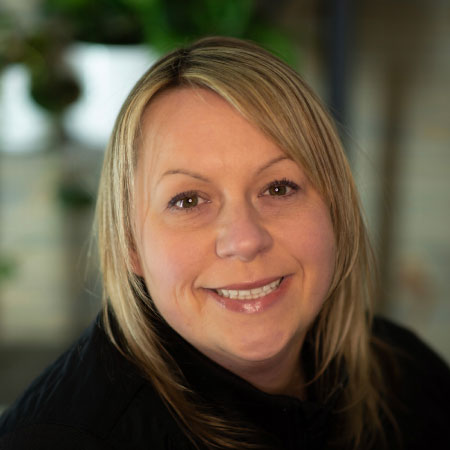How & When To Prune Hydrangeas: Everything You Need To Know For Spectacular Blooms
Knowing how and when to prune hydrangeas is key to growing gorgeous shrubs. Here's all the know how you need for years of spectacular blooms.
Since there are various types of hydrangea bushes, how and when to prune hydrangeas varies by variety. Because of this, hydrangeas have gained a reputation for being challenging to grow and prune. However, this perception doesn't always reflect reality. With a bit of understanding and knowledge of basic hydrangea care and pruning techniques, these bushes will reward you with spectacular blooms year after year.
General Hydrangea Pruning Instructions & Deadheading Tips
Depending on the type of hydrangea, pruning is not always necessary unless the shrubs have become overgrown or unsightly. Although hydrangea pruning care differs, most hydrangeas can benefit from the removal of dead stems and spent blooms each year.
There are a couple deadheading tips to keep in mind for optimal results. Try to keep cuts above the first set of large leaves or only cut down to the last healthy buds. This ensures the safety of any developing blooms for the next season.
Tidying up your plant by deadheading may help keep it neat, but consider leaving spent flowers as they can provide nice winter interest in the landscape.
Old Wood vs. New Wood
There are two major types of hydrangeas: those that bloom on old growth (old wood) and those that bloom on new growth (new wood).
If your hydrangea blooms on old wood, you should prune it in summer or autumn after it has finished flowering, as these types set their flower buds before winter. Therefore, cutting back a stem in the fall that contains the flower buds for the next season means sacrificing next year's flowers.
Some species grow exclusively on new wood, meaning they form their flower buds on the current season's growth. These should be pruned in late winter or early spring before new buds are set. These types are particularly suitable for colder climates, where there is no risk of the flower buds being harmed over the winter, as they haven't formed yet.
Gardening tips, videos, info and more delivered right to your inbox!
Sign up for the Gardening Know How newsletter today and receive a free copy of our e-book "How to Grow Delicious Tomatoes".
Some newer introductions combine both traits, blooming on both old wood and new wood, ensuring blooms regardless of the winter weather conditions.
All types of hydrangea respond well to occasional pruning, but it's important to know what variety you have, as hydrangea pruning care varies.
Types of Hydrangea & Pruning Care
Understanding how to prune hydrangea bushes according to their particular type and individual needs is important for the overall health and vigor of hydrangea plants. Hydrangea pruning care techniques vary, but fortunately, each species can be easily identified based on flower form, leaf shape, and stem thickness.
Mophead Hydrangeas
Mophead or bigleaf Hydrangeas (H. macrophylla) includes the commonly grown mophead and lacecap varieties.
Mopheads have large rounded flowers usually in shades of blue, pink or purple atop thick stems blooming amongst the large, ovate-shaped leaves that are glossy and deep green.
Lacecap blooms have a flat center surrounded by a ring of larger blooms, ranging anywhere from pink to blue. Their leaves are also serrated and tend to be medium to dark green in color, with a glossy or matte texture.

Older varieties within this group bloom on old wood, meaning they set their buds the previous season. Removing a branch with buds means removing any hope for summer blooms. You might recognize common varieties such as 'Nikko Blue' and 'Pink Beauty.'
However, many newer varieties within this group bloom on both old and new wood, potentially blooming early using last season’s buds and still producing new flower buds during the growing season. Some newer rebloomers, like 'Endless Summer,' 'Bloomstruck,' and the 'Let’s Dance' series, have been recently introduced. These introductions are highly valuable, especially for homeowners in colder climates who frequently experience the loss of overwintered buds due to late spring frosts or freezes.
Regardless of the type you have, you should follow the same pruning technique. You can deadhead spent flowers right after bloom up until early fall, although this isn't necessary, as the spent blooms provide pretty winter interest in the landscape. Spring pruning isn't recommended, although it's wise to thin the plant by removing any dead, damaged, or crossing branches, as well as any branches that are no longer viable to the plant. The branches that can and should be removed will be very woody, possibly hollow-stemmed, and lighter in color.
Oakleaf Hydrangeas
Oakleaf hydrangeas (H. quercifolia) are the easiest to recognize because of its large cone-shaped blooms, large oak-shaped leaves that are dark green during the season transitioning to brilliant red or purple by fall and the thick stems with a bit of peeling bark that provides additional winter interest. They typically bloom earlier than other species with flower color opening white and fading to light or dark pink as the season progresses.
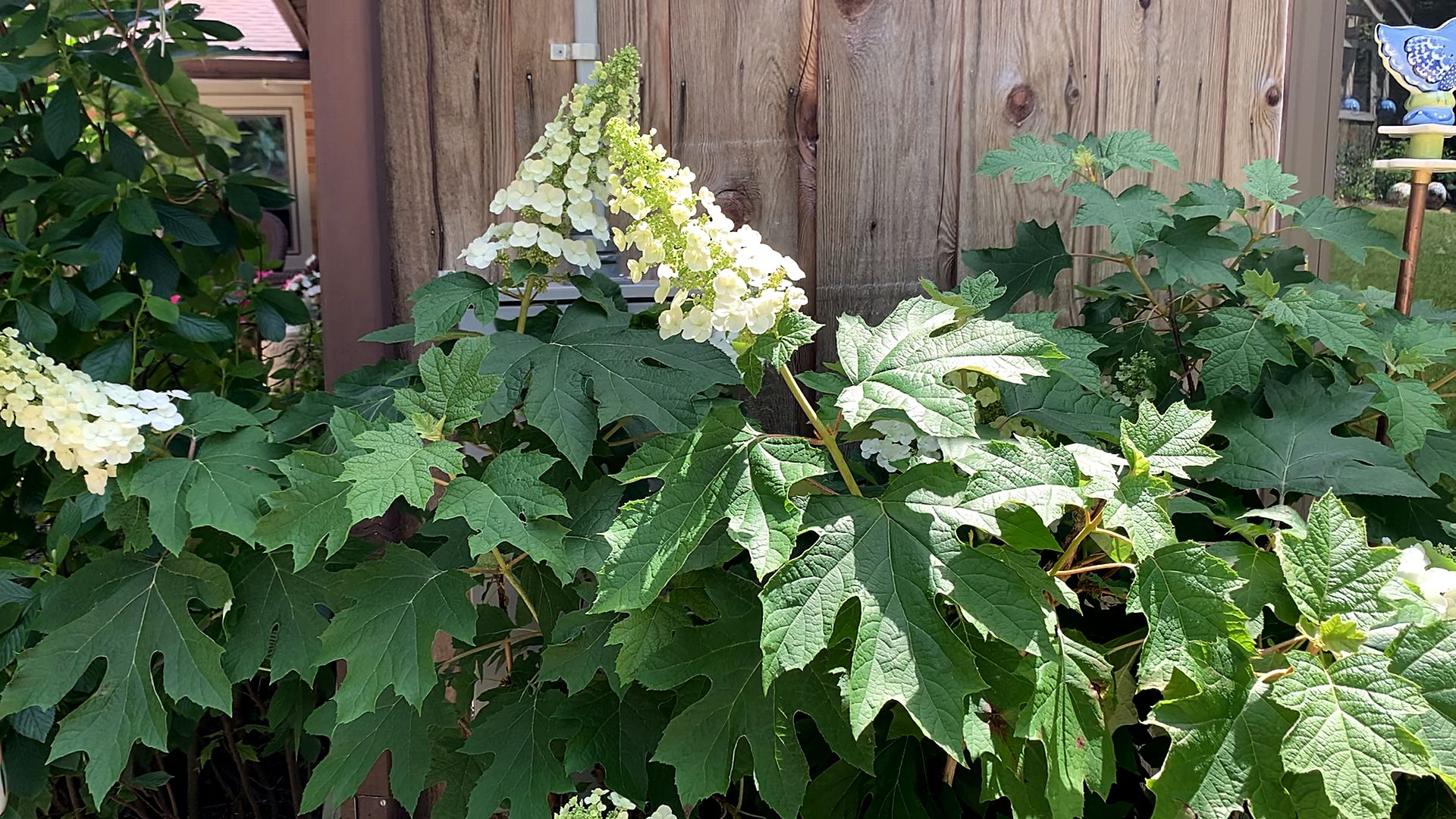
Oakleaf types also bloom on old wood just like their mophead cousins, meaning they form their buds in late summer of the previous season. The only safe time to prune is as the flowers are beginning to fade which would occur sometime in mid-summer. However, any type of pruning is simply not necessary It is always safe to remove dead, damaged, or crossing branches at any time to promote the overall health of your shrub.
Since some varieties of oakleaf can grow quite large, my top tip is to ensure you select a type that complements your landscape.
Panicle Hydrangeas
Panicle hydrangea (H. paniculata), often referred to as PeeGee hydrangeas, bloom on new wood, offering large cone-shaped blooms typically emerging creamy white atop very thick and strong stems. As the season progresses, the blooms may fade to shades of green, pink or red. The medium to dark green leaves turn a dull shade of yellow in the fall.
The most popular variety, 'Limelight,' stands out as a favorite among panicle varieties. Its flowers start as a vibrant green, then transform into pristine white, eventually transitioning to delicate shades of pink as the season progresses. With the potential to reach heights of over 8 feet, 'Limelight' is an ideal choice for hedging.
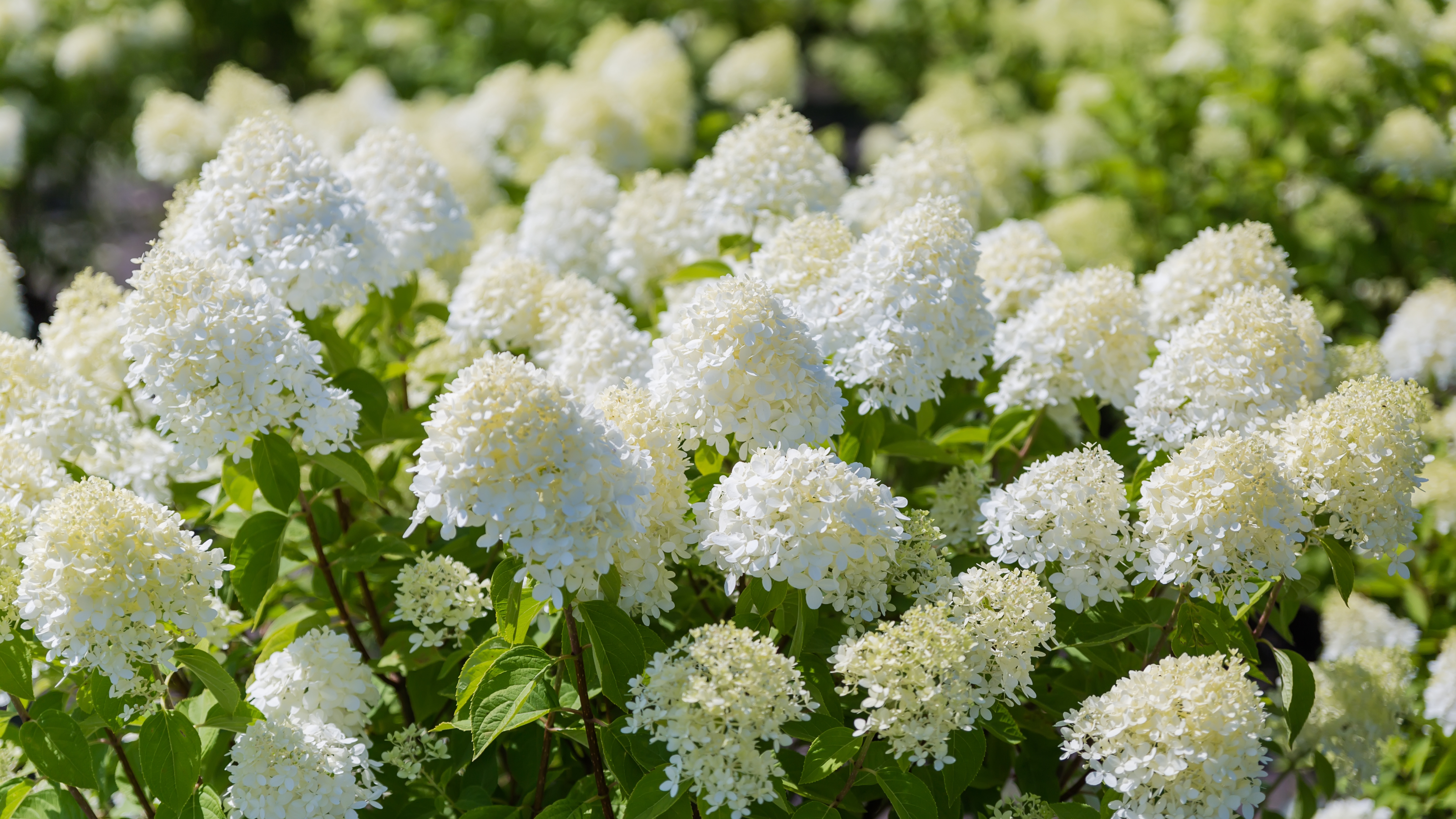
Panicles benefit from pruning in late winter to early spring. Start by trimming back no more than one-third of the top growth per season; this encourages strong stems to support the large blooms all summer long.
When pruning, be sure to cut above a set of buds and remove any small, spindly branches or anything thinner than the width of a pencil. Additionally, eliminate damaged or crossing branches. When pruning a tree-form panicle hydrangea, maintain the ball-shaped tree silhouette.
Smooth Hydrangeas
Scientifically known as H. arborescens, smooth hydrangeas boast round flowers ranging in size from baseballs to basketballs. These blooms emerge atop stems typically thinner than those of other species. Flower colors span from creamy white to various shades of light and dark pink. The leaves are typically heart-shaped, thin, and more prone to flopping compared to mopheads, with a lighter green underside. Smooth hydrangeas also tend to bloom earlier than mophead types.
You may recognize popular varieties like 'Annabelle,' 'Incrediball,' or the 'Invincibelle' series. Some older varieties may droop under the weight of their blooms, necessitating staking.
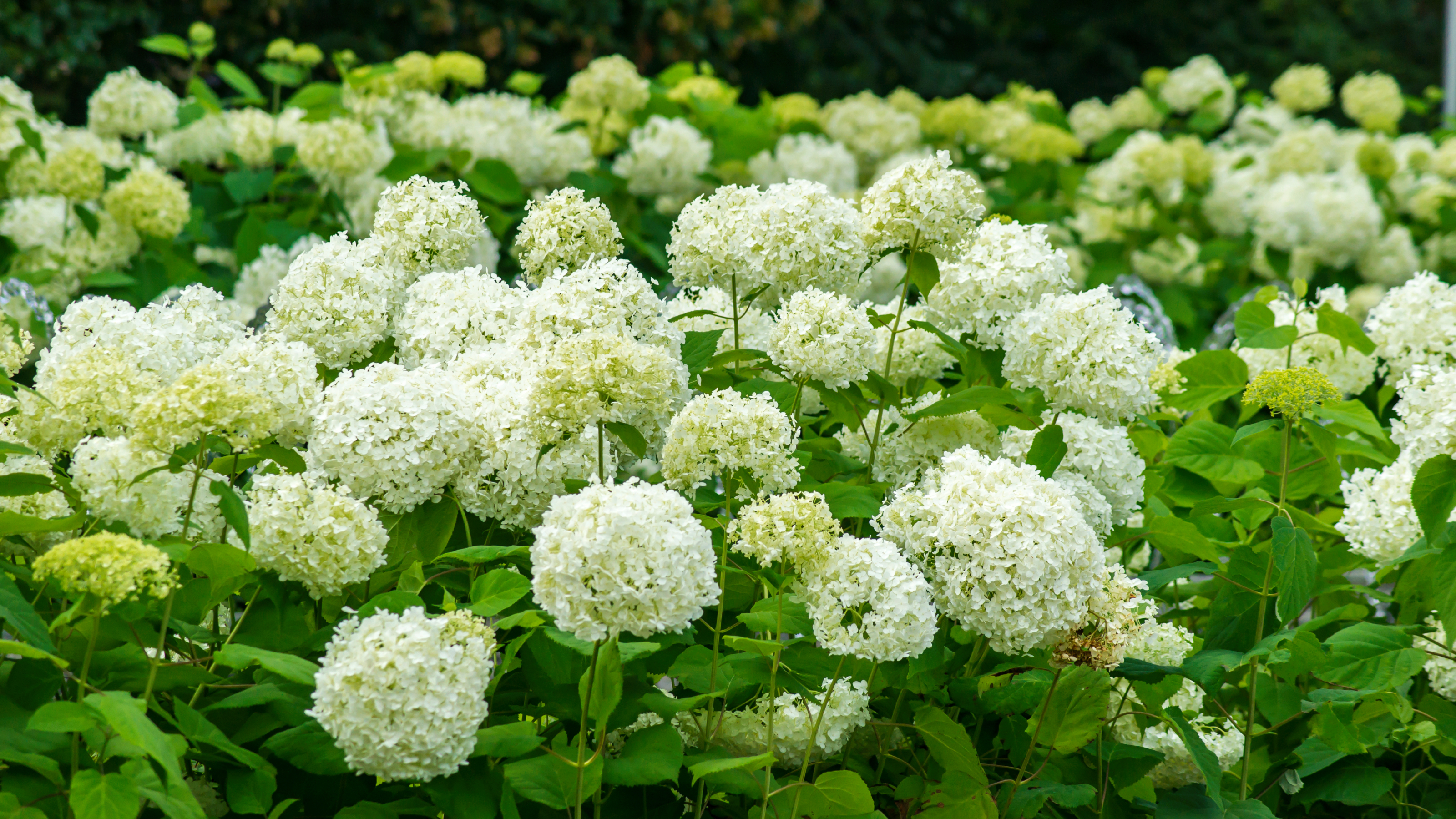
Fortunately, smooth hydrangeas are forgiving in pruning; even minor mistakes won't deter them from rewarding you with season-long blooms. Since they bloom on new wood, it's best to prune them in late winter or early spring before new growth commences. We recommend cutting the plant back to 15-18 inches (38.1-45.7 cm) from the ground after buds begin to swell. Simply clip the branches above the buds, pruning out any dead, damaged, or crossing branches along the way.
If unsure of a branch's health, perform the scratch test: lightly scratch the bark with your fingernail or a sharp object; if you see green, the branch is alive; if it's brown and brittle, it should be removed.
Climbing Hydrangeas
Climbing hydrangea (H. anomala petiolaris) shares similarities with other hydrangeas, such as its dark green heart-shaped leaves and white lacecap flowers. However, its growth habit sets it apart from the rest.
While other hydrangeas may require regular pruning to maintain shape and size, climbing hydrangea typically requires minimal pruning. Vining hydrangeas of this type produce flowers from side shoots, which can be pruned in fall after blooming has ceased. Cut back shoots to the last healthy bud.
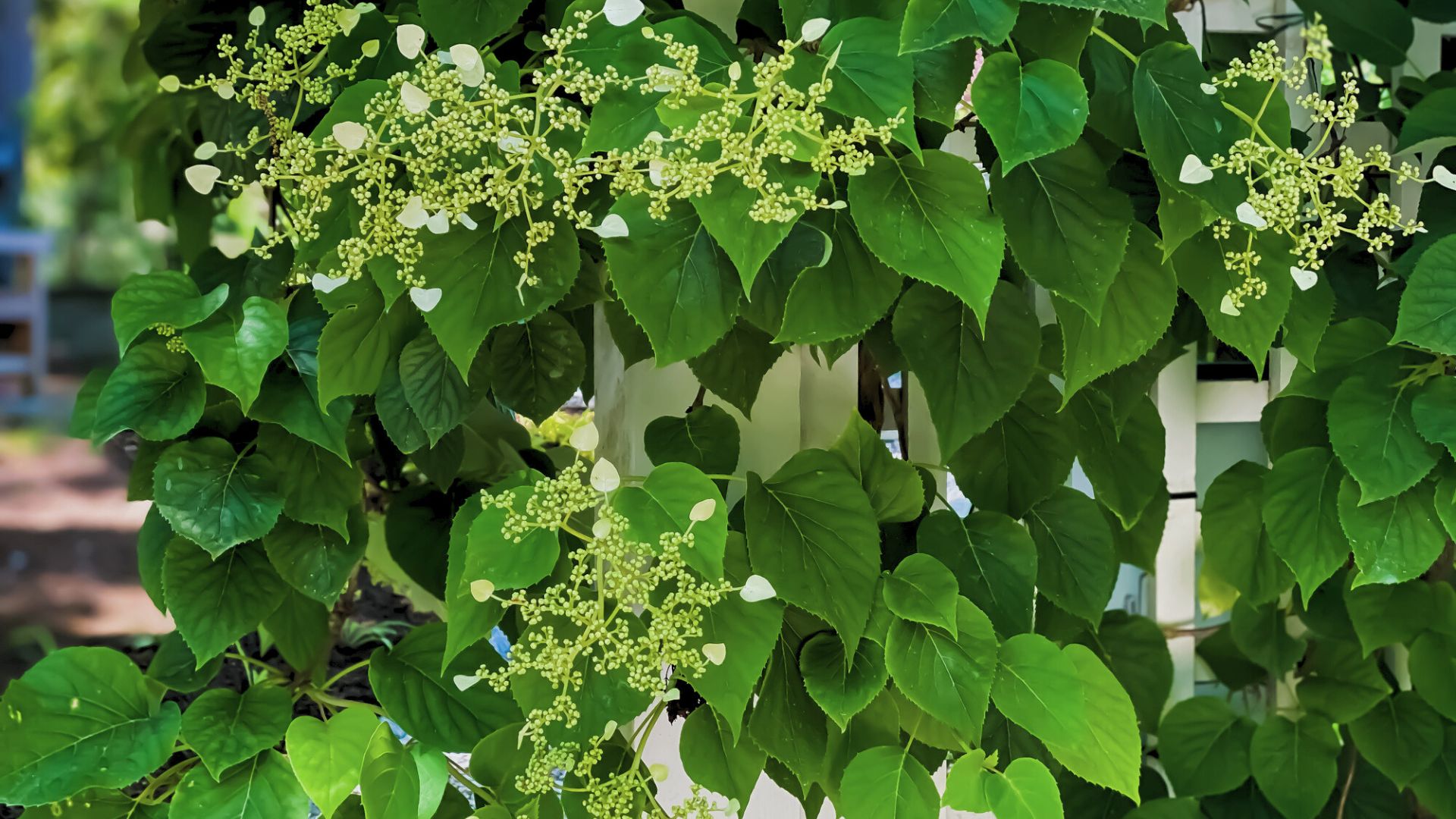
When to prune hydrangea bushes varies and is not an exact science. Keep in mind that pruning hydrangea is not always necessary, and unless the situation calls for it, they can simply be left alone. Removal of spent blooms and dead stems each year should be adequate for maintaining healthy hydrangea bushes.

Nikki Tilley has been gardening for nearly three decades. The former Senior Editor and Archivist of Gardening Know How, Nikki has also authored six gardening books.
-
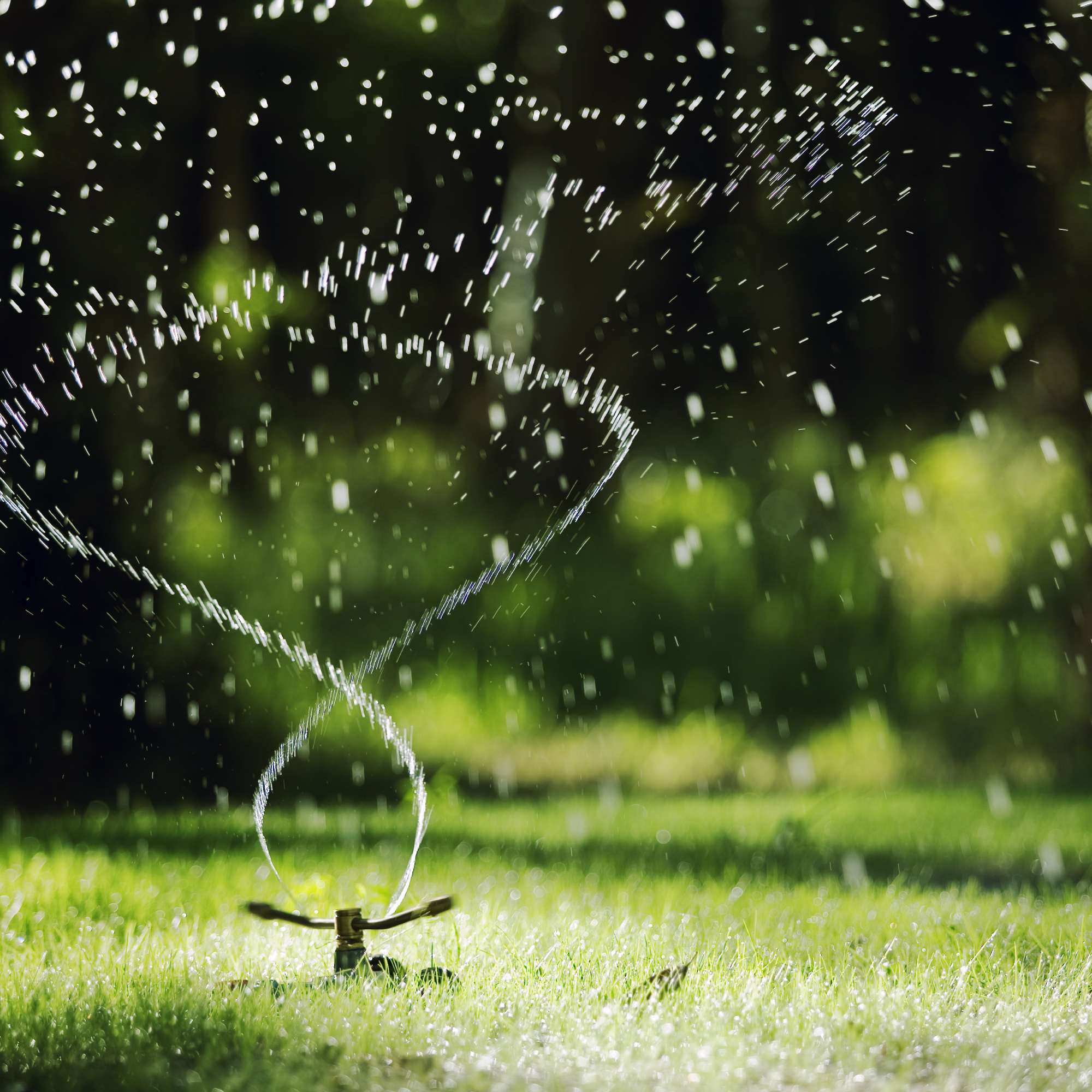 Here’s The Best Time To Water Grass For A Lush Lawn, According To Experts
Here’s The Best Time To Water Grass For A Lush Lawn, According To ExpertsUnderstanding the best time to water grass is important to the health of your lawn. Watering at the wrong time can lead to disease or heat-stressed grass.
-
 8 Vegetables You Can Still Plant In June For A Late Summer And Fall Harvest
8 Vegetables You Can Still Plant In June For A Late Summer And Fall HarvestPlanting time for high summer harvests has passed, but there are still many vegetables you can plant in your garden in June, for organic produce well into fall.
-
 6 Blue Ornamental Grasses That Will Wow Your Neighbors And Add A Unique Touch To Your Landscape
6 Blue Ornamental Grasses That Will Wow Your Neighbors And Add A Unique Touch To Your LandscapeChoosing a blue ornamental grass can dress up borders and yards with striking color that changes with the seasons.
-
 How To Grow A Sorbet Peony For Fluffy Pink Double Blooms With Unique Frills
How To Grow A Sorbet Peony For Fluffy Pink Double Blooms With Unique FrillsFor pink peonies with a unique edge, the Sorbet peony is a super-frilly bloomer with marshmallow and cream colored petals. Here’s how to grow this dynamic cultivar
-
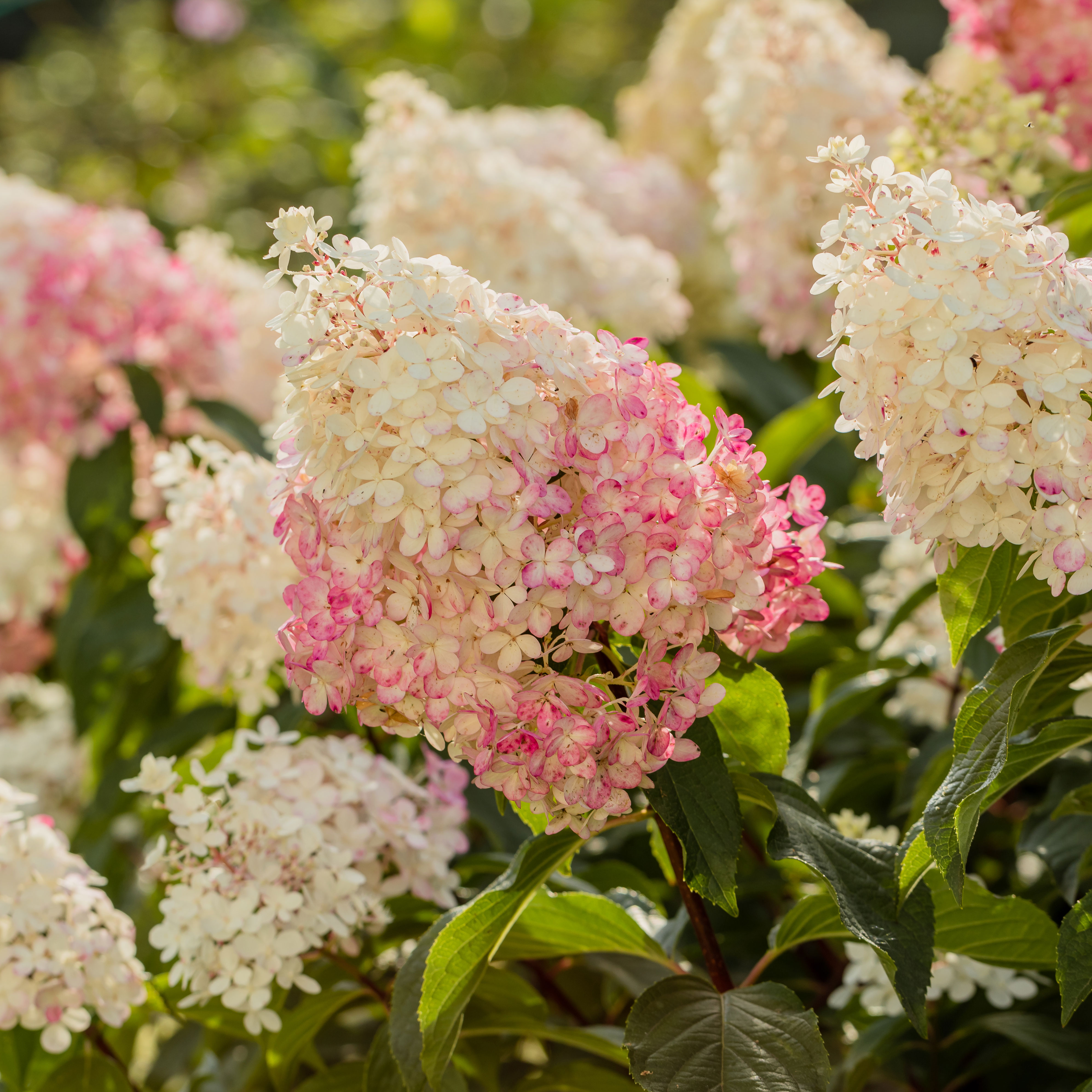 Grow Vanilla Strawberry Hydrangea Shrubs: Try Vanille Fraise Hydrangeas For Sweet Blooms Every Summer
Grow Vanilla Strawberry Hydrangea Shrubs: Try Vanille Fraise Hydrangeas For Sweet Blooms Every SummerFor a dreamy shrub that brings soft color variations and long lasting visual interest, grow a Vanilla Strawberry hydrangea. Here’s how to care for Vanille Fraise shrubs
-
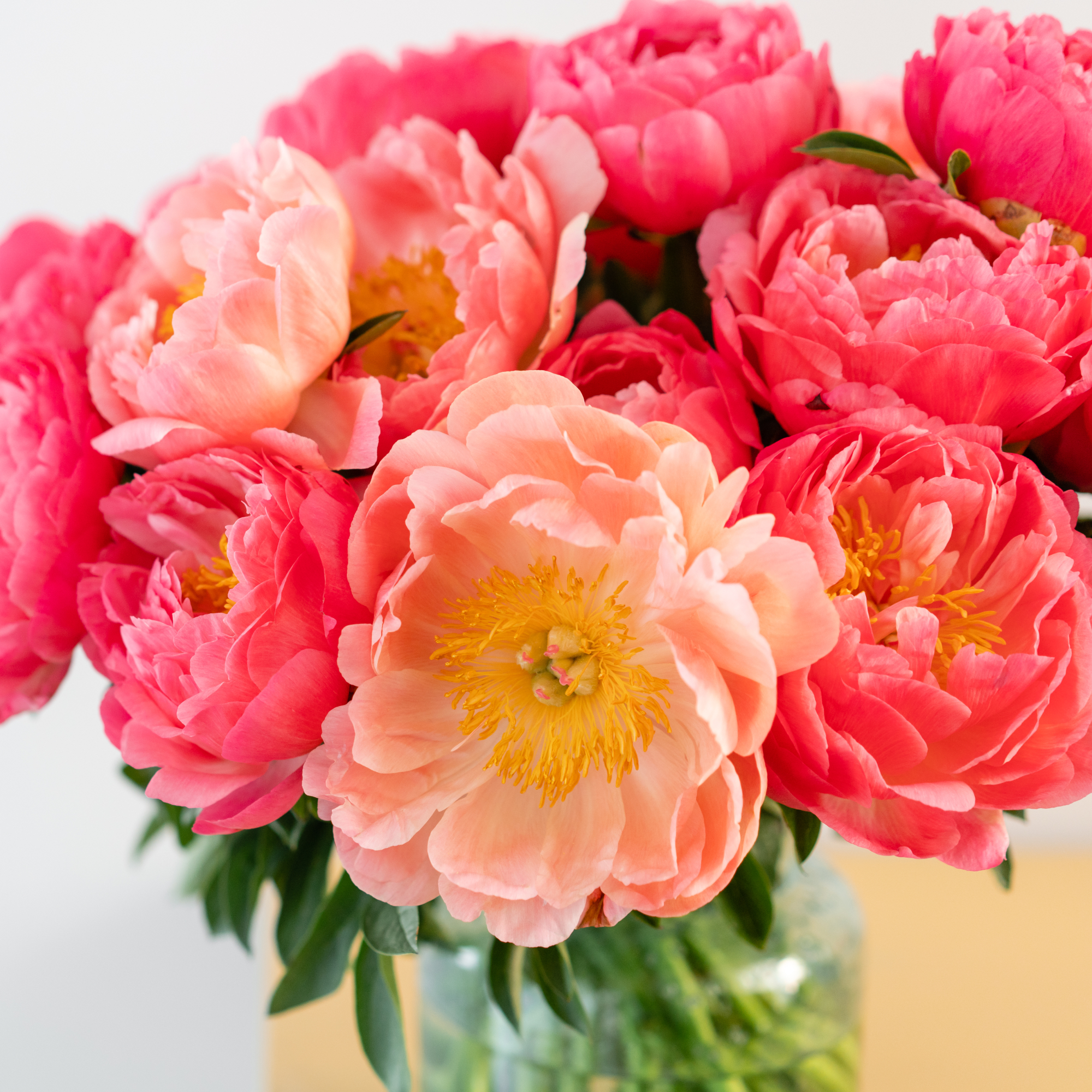 Coral Sunset Peony: Your Complete Guide To This Beautiful Color-Changing Hybrid
Coral Sunset Peony: Your Complete Guide To This Beautiful Color-Changing HybridThe coral sunset peony is a gorgeous addition to any garden. This beauty has double blooms that undergo an amazing color change as they age.
-
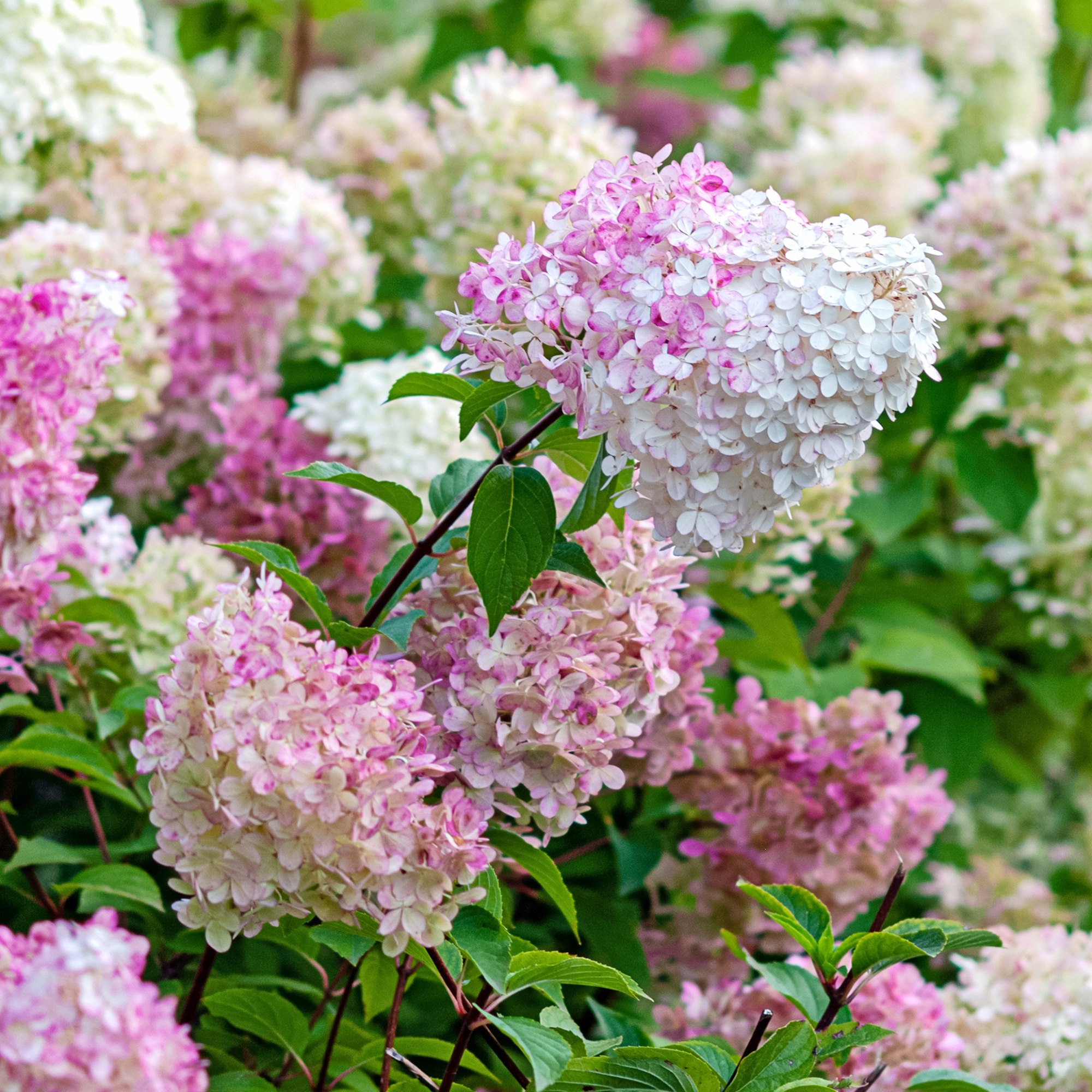 How To Grow Panicle Hydrangeas For Gorgeous, Low-Maintenance Blooms All Summer Long – Plus, Top Cultivars To Try
How To Grow Panicle Hydrangeas For Gorgeous, Low-Maintenance Blooms All Summer Long – Plus, Top Cultivars To TryPanicle hydrangeas are the ultimate low-maintenance shrubs! These beauties bloom all summer and all it takes is a little care. Here's how to help them thrive.
-
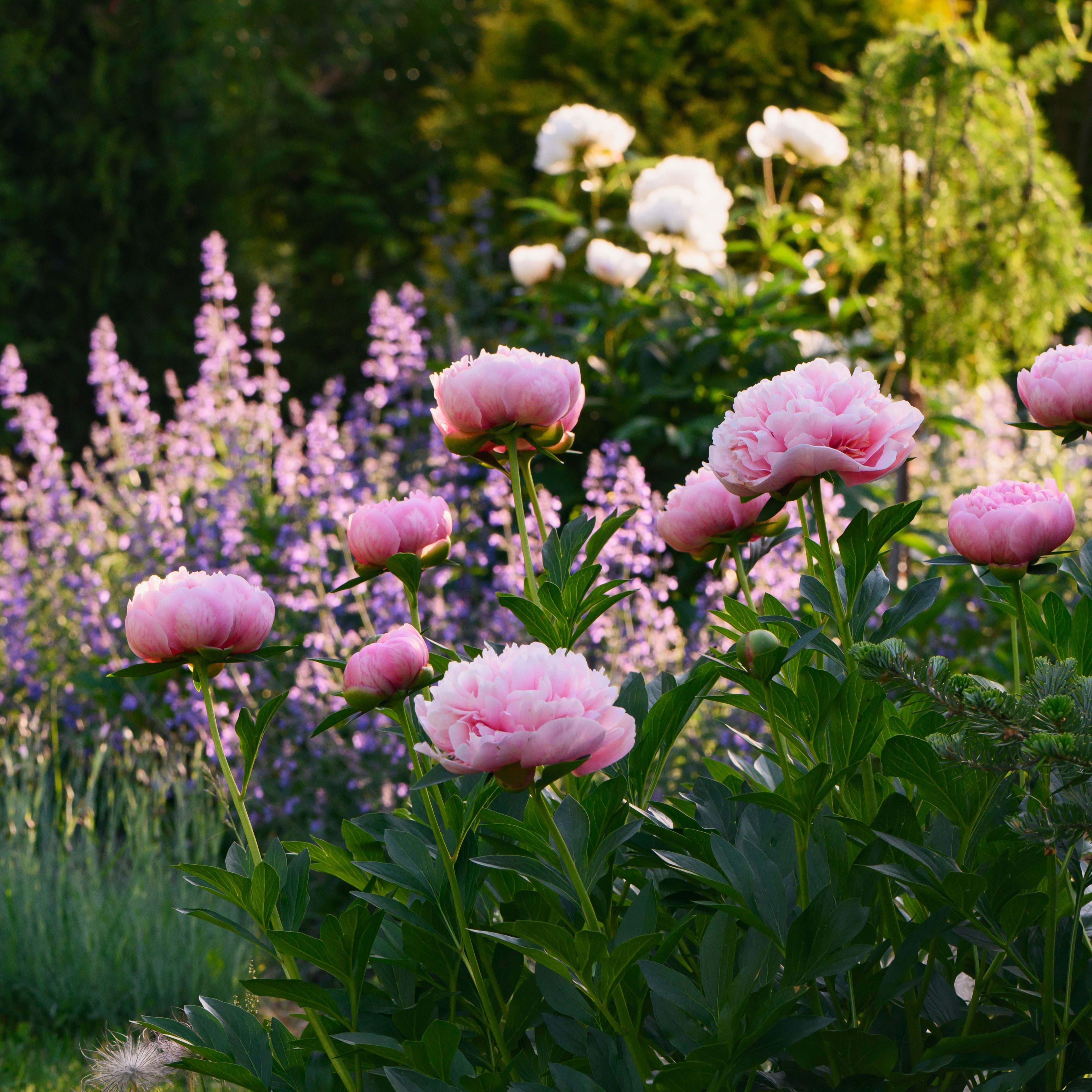 Grow The Peony Dream Team: 9 Peony Companion Plants For Style And Color
Grow The Peony Dream Team: 9 Peony Companion Plants For Style And ColorAs gorgeous as peonies are, they look even better when grown alongside the right ornamentals. Here are 9 peony companion plants to enhance your blooming shrubs
-
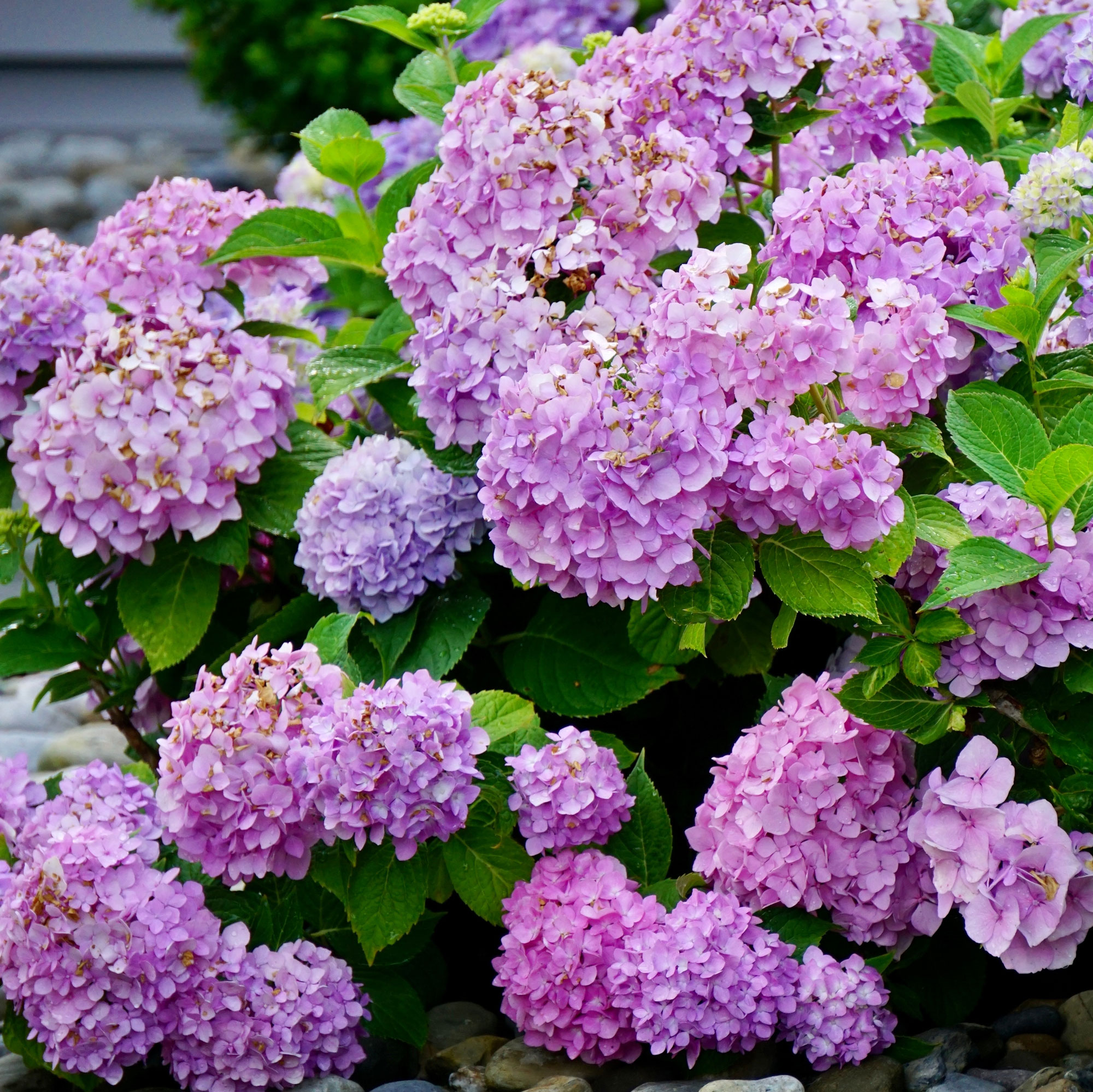 Grow These Eye-Popping Purple Hydrangea Varieties For A Lively On-Trend Tonal Treat
Grow These Eye-Popping Purple Hydrangea Varieties For A Lively On-Trend Tonal TreatFrom subtle indigo to rich violets, a purple hydrangea captures the imagination and adds elegance and verve to borders. Here are some of the finest purple bloomers
-
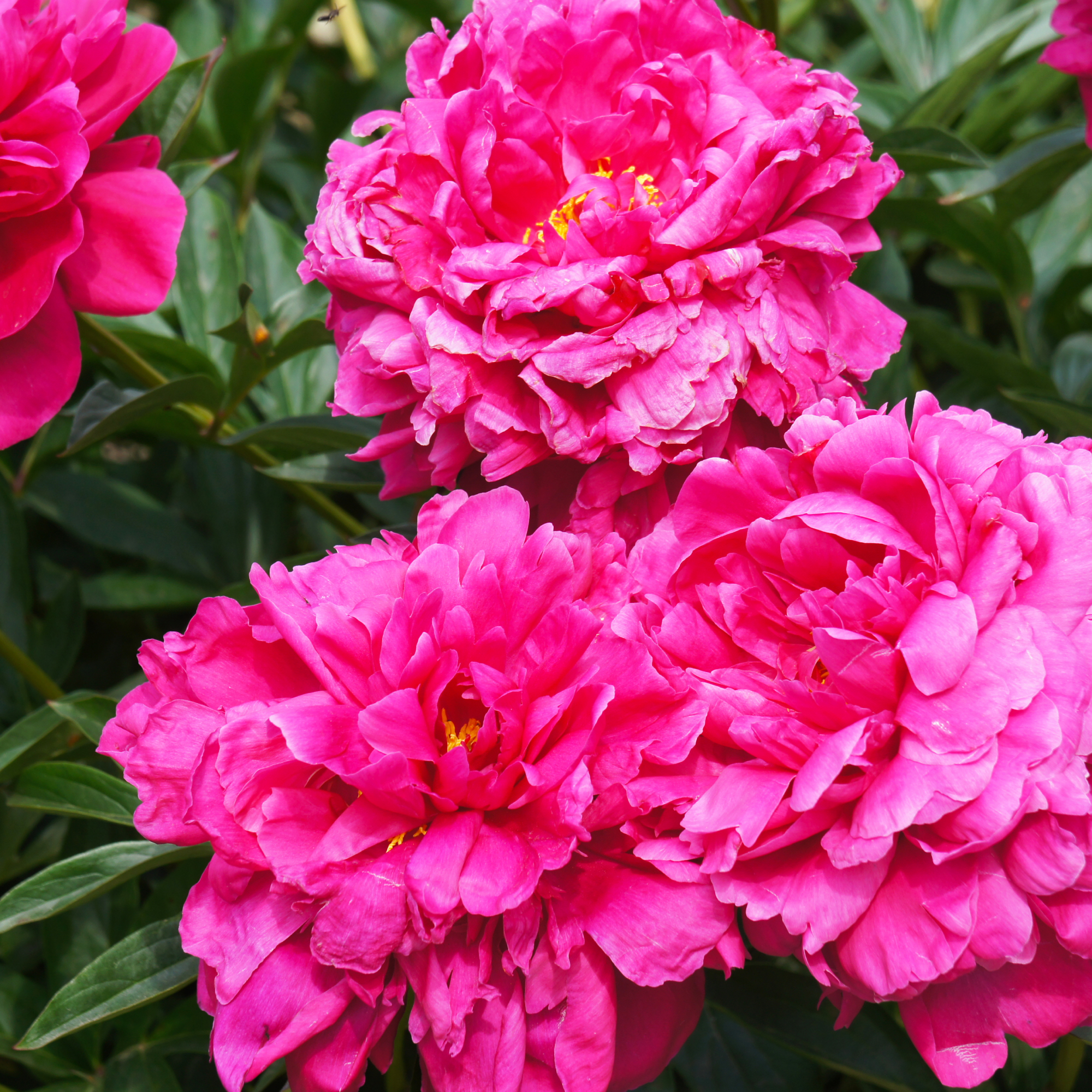 How To Grow A Kansas Peony For Sublime Magenta Double Blooms And Enduring Fragrance
How To Grow A Kansas Peony For Sublime Magenta Double Blooms And Enduring FragranceGrowing Kansas peonies will add gorgeous color and fragrance to your garden. Their deep color and lush blooms are sure to make your neighbors jealous!
